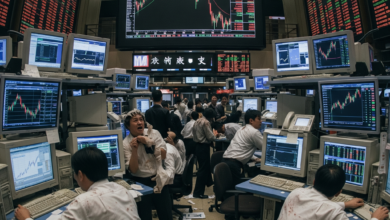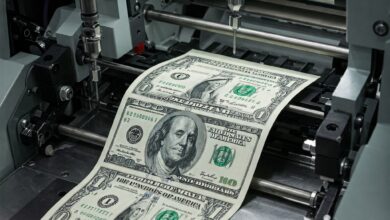Discover the Most Valuable Banknotes in the World
Find out which are the most valuable banknotes on the planet
Have you ever stopped to think that a simple piece of paper in your wallet could be worth a fortune? While most banknotes circulate based on their face value, some become incredibly valuable due to their rarity, historical significance, or unique errors. This article explores the fascinating world of rare currency collecting, revealing some of the most expensive banknotes ever sold. Prepare to be surprised by the incredible value of these valuable paper money collectibles!
The Allure of Rarity: Why Some Banknotes Command High Prices
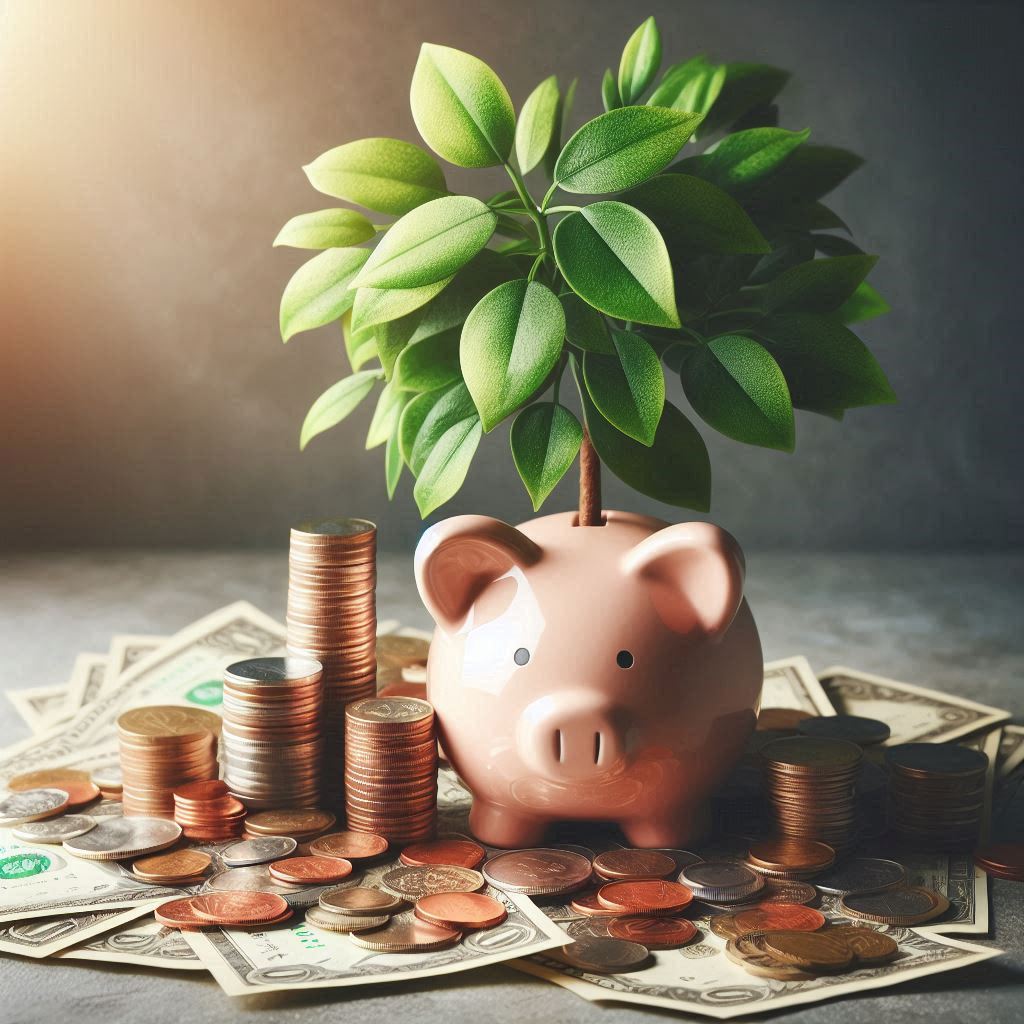
Several factors contribute to a banknote’s high value. Scarcity of old banknotes, particularly those from early printings or with low surviving numbers, plays a significant role. Historical significance in currency also boosts value, as banknotes linked to important events or periods become highly sought after. Furthermore, banknote errors and varieties, such as misprints or design flaws, can make them exceptionally rare and desirable to collectors. Understanding these elements is key to appreciating the world of valuable and rare paper currency.
The $1,000 Grand Watermelon Note: A Fruitful Find for Collectors
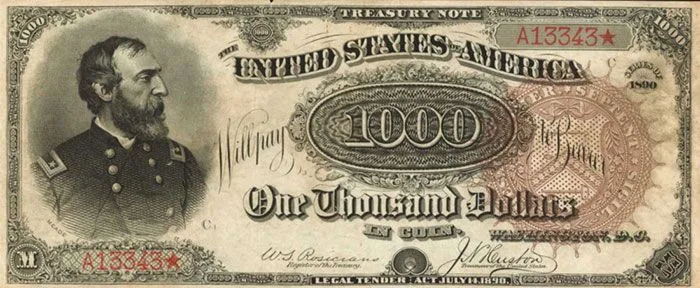
One of the most iconic and valuable banknotes in American numismatic history is the $1,000 Treasury Note from the Series of 1890. Nicknamed the “Grand Watermelon” due to the distinctive green design on the back that resembles the fruit, these notes are incredibly rare. Their large denomination at the time and low survival rate make them highly prized among collectors. Discover the story behind this legendary US banknote and why it fetches millions in auctions of extremely rare American currency.
The 1934 $10,000 Federal Reserve Note: Big Denomination, Big Value
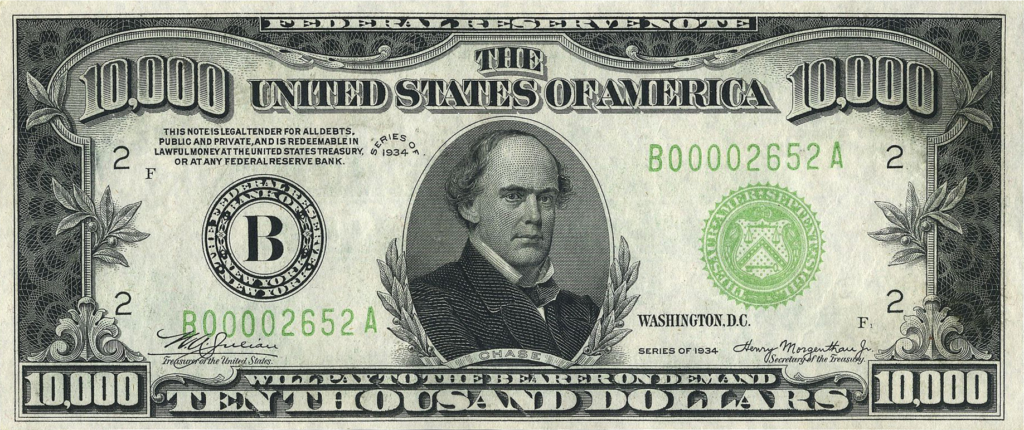
Imagine carrying a banknote worth $10,000! While these were primarily used for bank transactions and not in general circulation, the 1934 series of $10,000 Federal Reserve Notes are now highly coveted by collectors. Featuring the portrait of Salmon P. Chase, these notes represent a bygone era of high-denomination currency. Learn about the history of this high-value US currency and its significance in the market for collectible Federal Reserve notes.
International Rarities: Valuable Banknotes from Around the Globe
The United States doesn’t hold a monopoly on valuable banknotes. Collectors around the world seek out rare and historically significant currency from various countries. From early Chinese banknotes to unique European issues, the international market for rare world paper money is vibrant. Exploring these globally valuable banknotes reveals fascinating insights into different cultures and economic histories, showcasing the diverse world of international currency collecting.
Preserving History: The Importance of Banknote Collecting

Collecting valuable banknotes is more than just a hobby; it’s a way of preserving history. These pieces of paper offer tangible links to the past, reflecting economic conditions, political landscapes, and artistic trends of their time. The study and preservation of historical paper money contribute significantly to our understanding of financial history and cultural heritage. By appreciating these historical currency artifacts, collectors play a vital role in safeguarding them for future generations.
The Unexpected Value in Paper
The world of valuable banknotes is full of surprises, revealing that even everyday objects can hold extraordinary worth. From rare errors to historically significant designs, these pieces of paper tell captivating stories. Whether you’re a seasoned collector or simply curious, understanding the factors that drive their value offers a fascinating glimpse into the intersection of history, economics, and the art of collecting rare and valuable banknotes.
